Nowadays, a lot of car owners want to know how much vinyl do I need to wrap my car. Car wraps have become popular in the last decade or so as the material became cheaper. They are easy to install, and you can choose between various patterns and colors.
Still, getting a vinyl cover for your car can be rather expensive. If you go to a professional car shop, the service can cost you anywhere between $1,000 to $1,500. Sometimes, this is without even considering the cost of the material.
Table of Contents
How much vinyl do you need?
First off, you need to decide which part of the car you wish to wrap up. Covering smaller sections is usually cheaper and will take less material. The cost can also vary depending on that pattern. Some intricate partial covers might require additional work and precision, driving the price up.
Often, car owners go with matte pieces on their roofs or hood. You can also opt for a side decal or something else. The great thing about vinyl covers is that they allow for a lot of creativity, and you can use cool covers such as flames, skulls, etc.
If you decide to wrap up the entire car, you should calculate material by multiplying the length of the car three times. Then, add 5 to 15 inches on top of that as a spare vinyl that will be used for bumpers and scrap.
Here is how much material you might need based on the type of car:
| Type of a car | Length | Width |
| Small vehicles | 45 feet | 60 inches |
| Medium vehicles | 50 feet | 60 inches |
| Large vehicles | 60 inches | 60 inches |
| Trucks | 70 feet | 60 inches |
Keep in mind there is also an option of wrapping the car yourself. However, the whole procedure tends to be longer in such cases, and you will likely need more material due to mistakes.
Wrapping smaller vehicles with vinyl
Small cars are rarely wrapped. Most of these vehicles are great for cities, and people love them for their low price and efficiency. This is why the owners rarely decide to invest an additional $1,000+ into putting a vinyl wrap over them.
If you do decide to put vinyl over them, the price tag will not be as high as with some other models. These vehicles are usually 45 to 50 feet long, and you need to multiply that number by 60 inches to get the material requirements. Some of the common examples of small cars are Volkswagen Golf, Fiat, Nissan Sentra, etc.
Wrapping medium vehicles with vinyl
Some of the popular midsize cars include Toyota Camry, Chevy Corvette, Hyundai Sonata. For these vehicles, you will need approximately 50 to 60 feet of material times 60 inches. If you don’t have much experience with wrapping, it is much better to go with 60 feet as there will be some material waste.
Wrapping large vehicles with vinyl
People love wrapping large cars in vinyl. Some of these are quite expensive, so the owners like to add a personal touch to them.
Make sure to get 60 to 70 feet vinyl rolls. Among others, people love to wrap full-sized cars such as 4Runner, Hummer H3, Chevy Impala, etc.
Wrapping truck with vinyl
Wrapping trucks with vinyl is a common practice in various countries. That way, the truck drivers can feel at home while doing longer transports. Besides wraps, the truck drivers also like a customized paint job and using other accessories.
The amount of material for a truck can vary significantly based on the size of a vehicle. The common practice is to take 70 feet x 60 inches rolls. Keep in mind that certain parts don’t have to be covered (such as the roof), which can save you quite a bit of money. Some examples of trucks include Dodge Ram and Ford F150.
Basic preparations for car wrapping
If you wish to wrap the car yourself, here are some of the basic things you need to keep in mind:
- First off, you need to consider the surface that you’re covering. Is your vehicle in good shape? Is the paint smooth, and are there any dents on the body? You will need a completely clean and smooth surface to start the process; even rust can pose a problem. When you place a cover over a defect, it will put additional emphasis on this imperfection.
- It is always important to do wrapping in a clean, covered space. Having a controllable environment at your disposal ensures that dust and other small particles will not get under the wrap. Debris and bugs will destroy your efforts. Before you start wrapping the car, make sure to clean and vacuum the area. Close the doors so that the wind doesn’t bring anything from the outside.
- Based on the previous suggestion, it is obvious that you need nice weather conditions. This would prevent any outside interference, increased humidity, or strong wind. Vinyl is especially sensitive to temperature, which is why it is better to do wrapping on a nice spring day. If the material gets cold, it will become brittle, leading to tears. Excessive heat can also cause issues with adhesive, so make sure to consider that as well. The temperature of 68 degrees Fahrenheit is simply perfect.
- Before you start the project, buy all the necessary supplies and tools. You will need wax remover, grease, a good cleaner, cleaning ethanol, towels, knife, heat gun, cloth, cutting tape, gloves, etc. Ideally, you should place all these supplies and tools on a worktable. This would reduce the exposure to dust.
Preparing the surface of the car
For everything to go smoothly, you need to ensure that the car’s surface is clean and smooth. Here are some tips that will help you do just that:
- You can use a lot of car wash products to clean your car. It is very important to use substances without wax. When you properly clean the surface of the vehicle, it will be much easier for the wrap to bond. After using the car wash product, take some isopropyl alcohol and go over it again. Finally, dry the car with a clean piece of cloth.
- If there are any obstacles on the car or anything else that would interfere with the process, remove them beforehand. This includes things such as the antenna, headlight, door handle, etc. It is still possible to wrap the car with all these objects, but it is much more difficult. Once you remove them, make sure to clean these areas with alcohol to remove the fingerprints.
- Split the car into sections and measure each one of them. Add several inches on top of your calculation to encompass potential material waste.
Placing the first sheets
Here is how you should start the actual wrapping process:
- It is always better to start with small, flat surfaces. They are much easier to work with, and they will give you the necessary confidence. Check the previously made sketch to see how much vinyl you need for this area.
- Before you place the wrap, keep it in the air and stretch it as much as possible without tearing it. Now, remove the paper and place it on top of the surface area. There should be some extra vinyl on the sides so that you can properly wrap the edges.
- First, you should press the central part of the wrap and even it out towards the sides. Then, take a squeegee and stroke the wrap from the center towards the edges.
- If there are any bubbles underneath the surface, you will have to peel back the material and use heat. Go with 120 degrees Fahrenheit, as this is enough to stretch the vinyl.
Finishing touches
- Properly wrap the edges and trim the excess vinyl. Heat the edges by using a heat gun at 212 degrees. You should use a thermometer to check if the temperature is correct. Finally, seal the edges to the panel.
- Once you’ve done everything from the previous step, make sure to heat the rest of the piece. Again, you should go with 212 degrees Fahrenheit. By using a squeegee, you can correct the wrap and bond it to the surface. Keep in mind that some bubbles might appear at this point, but you can easily pop them with something sharp.
Last considerations
Wrapping the car usually takes two to three days. If you decide to do it yourself, it might take even longer. It all depends if you have a proper space set up, as well as the necessary tools. After the procedure, the vinyl should remain in place for 12 hours. Needless to say, the car should remain in a garage or some other covered area.
Depending on the type of vehicle you wish to wrap, you will need a roll from 40 to 70 feet long and 60 inches wide. It is always better to buy longer wraps, as you will likely have to cut and throw away a good part of the material.
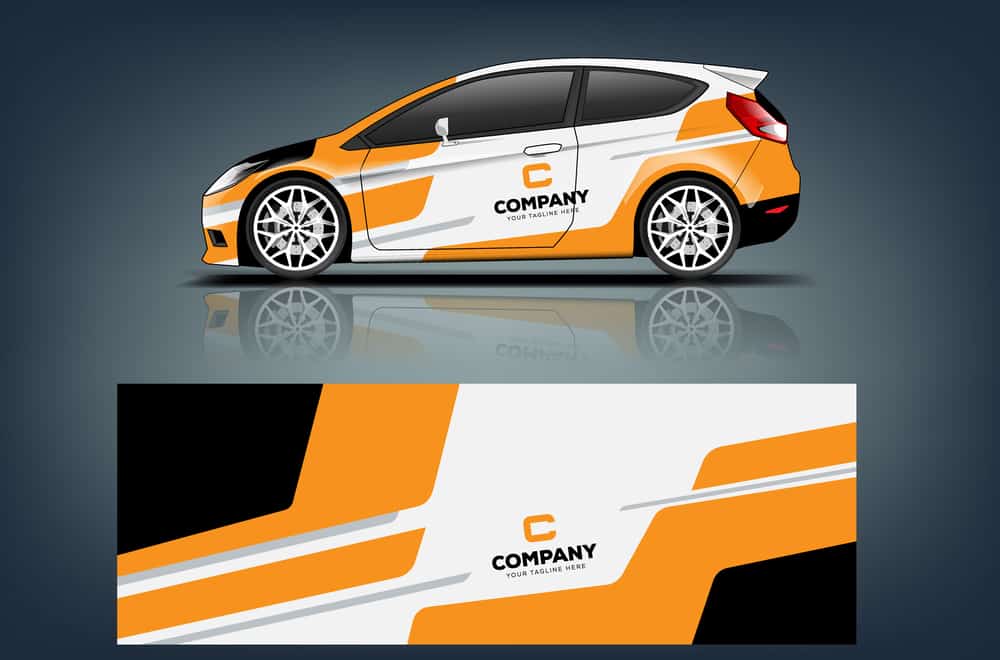
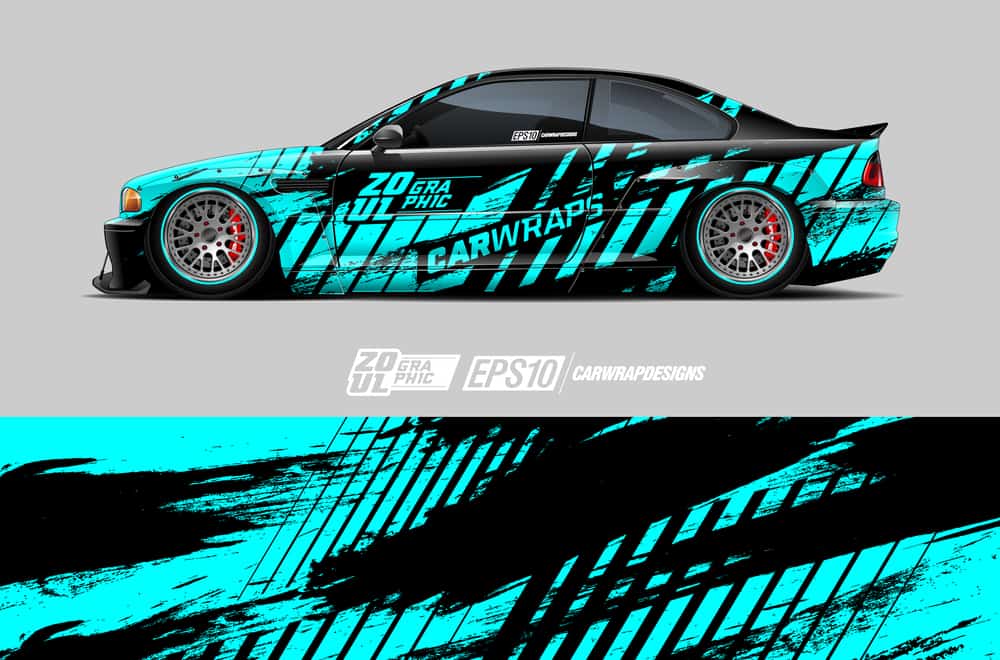
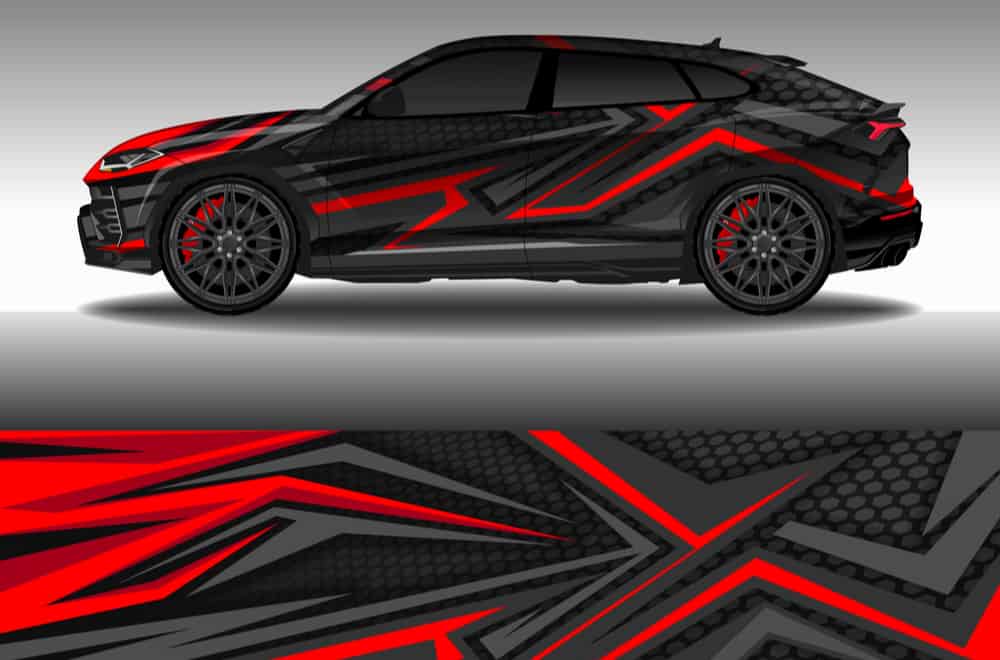
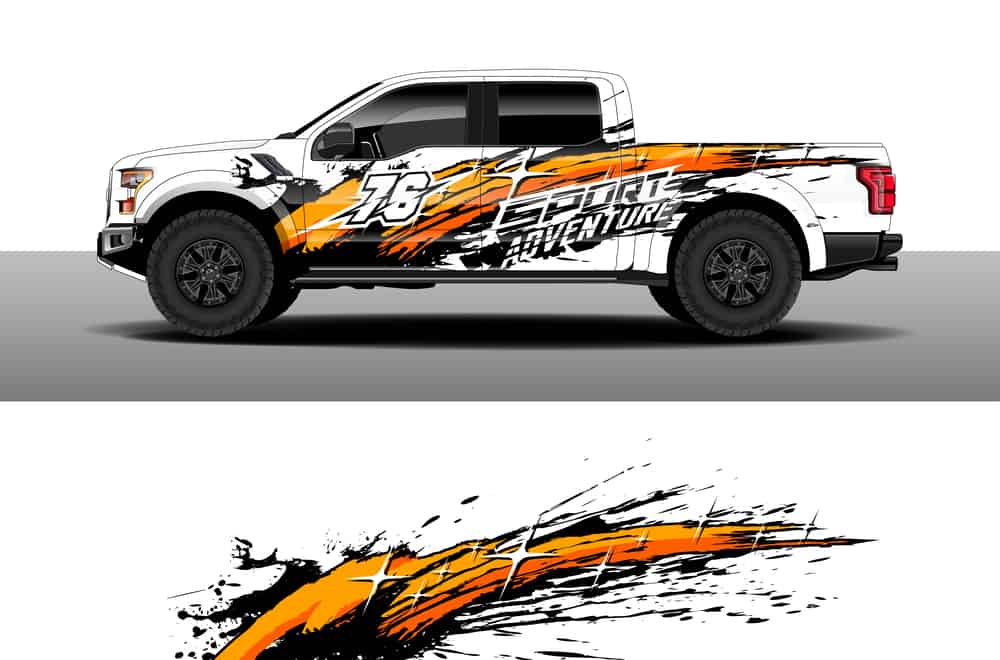
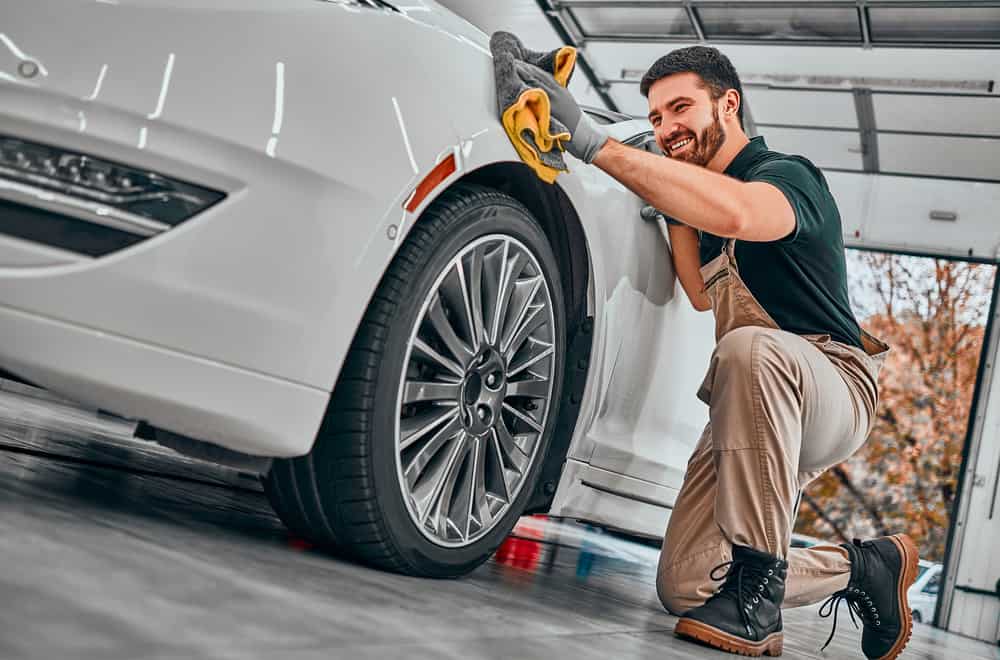
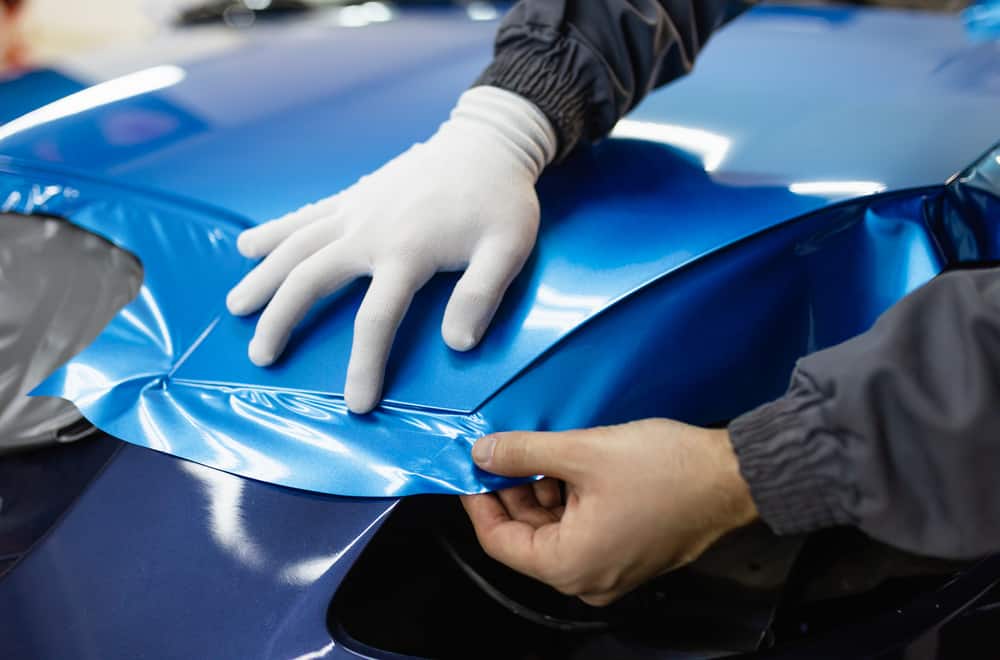
So if I wanted to wrap my spoiler would I need 3x the length of the spoiler including 15 inches on each side for just on case?